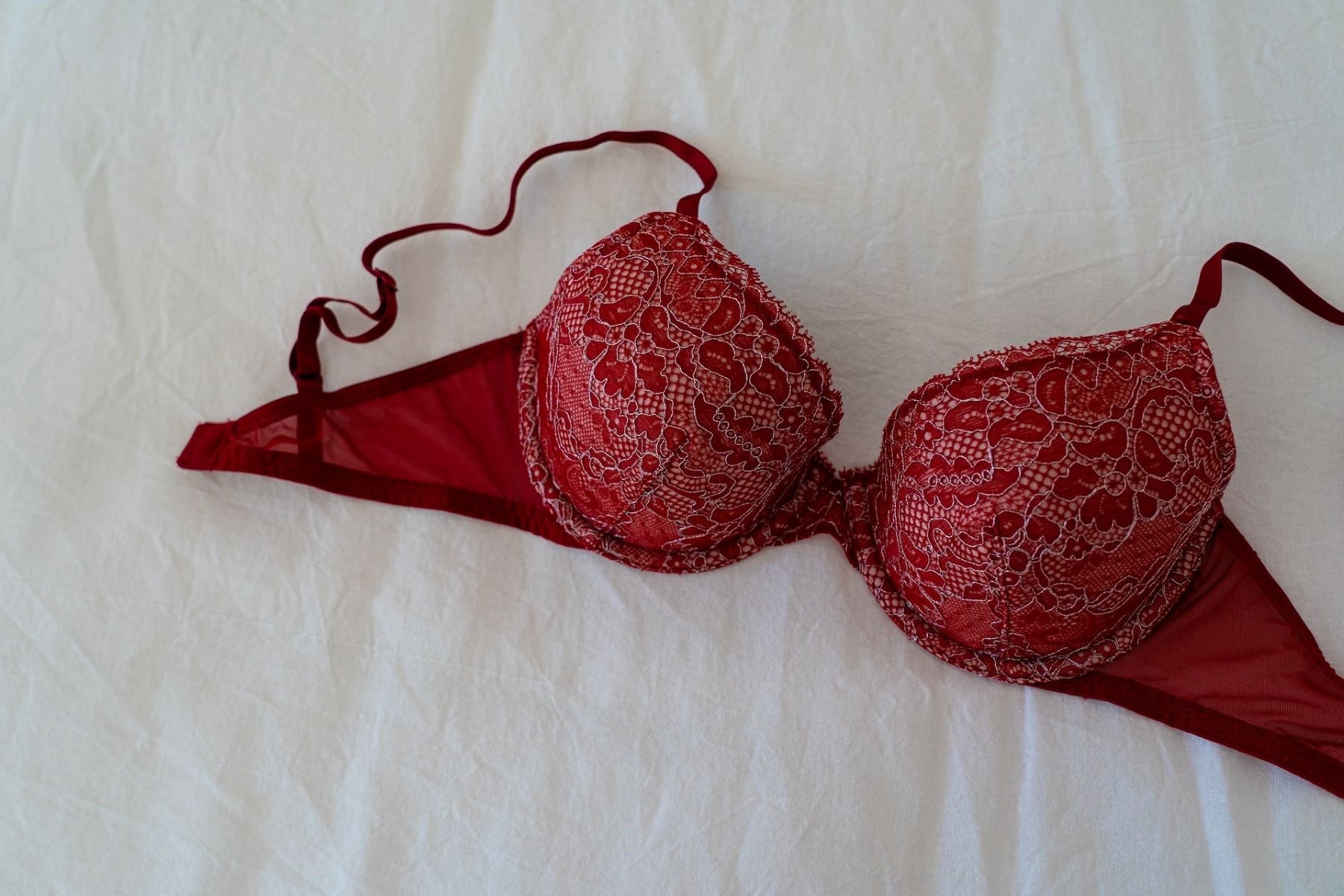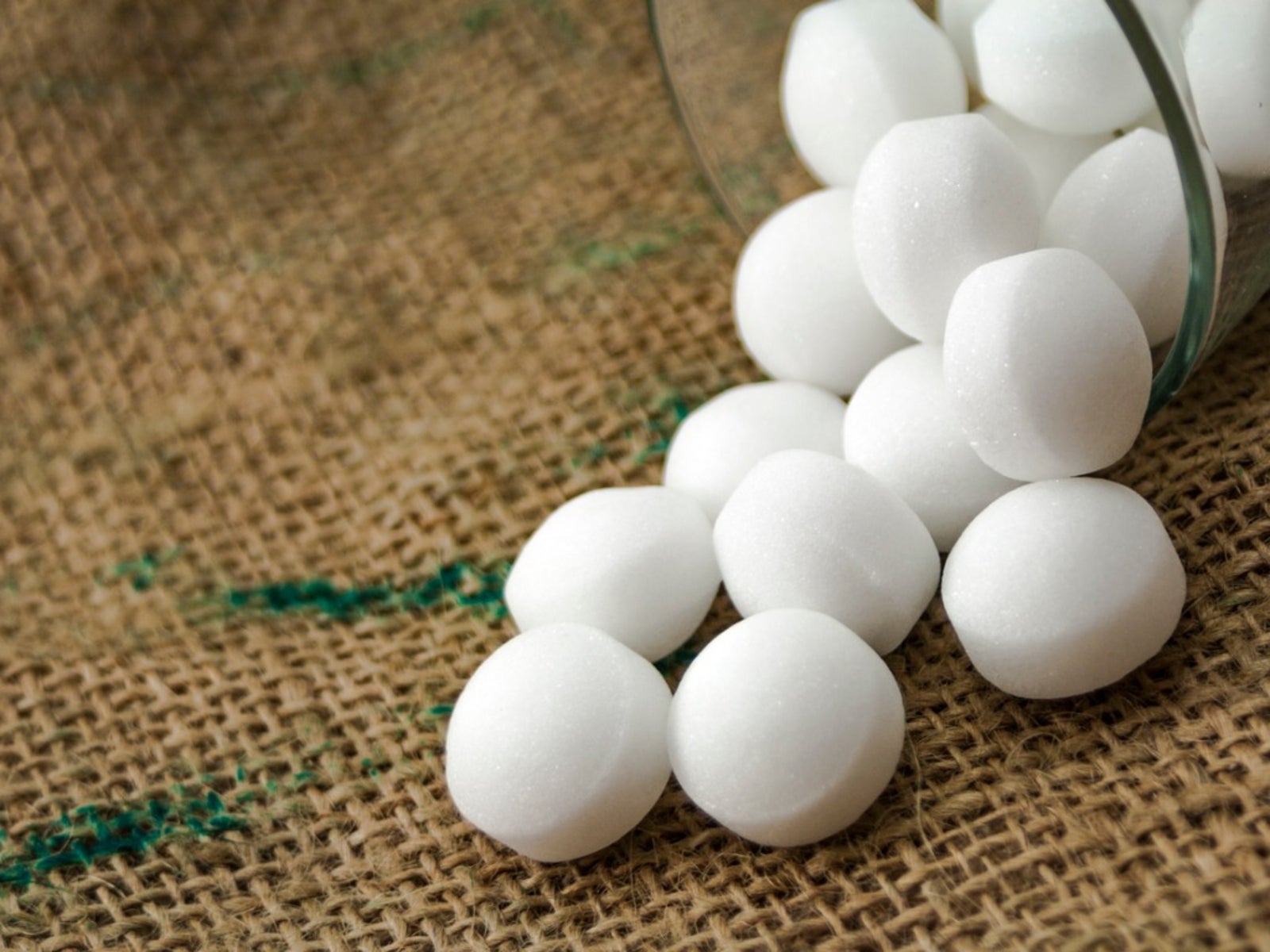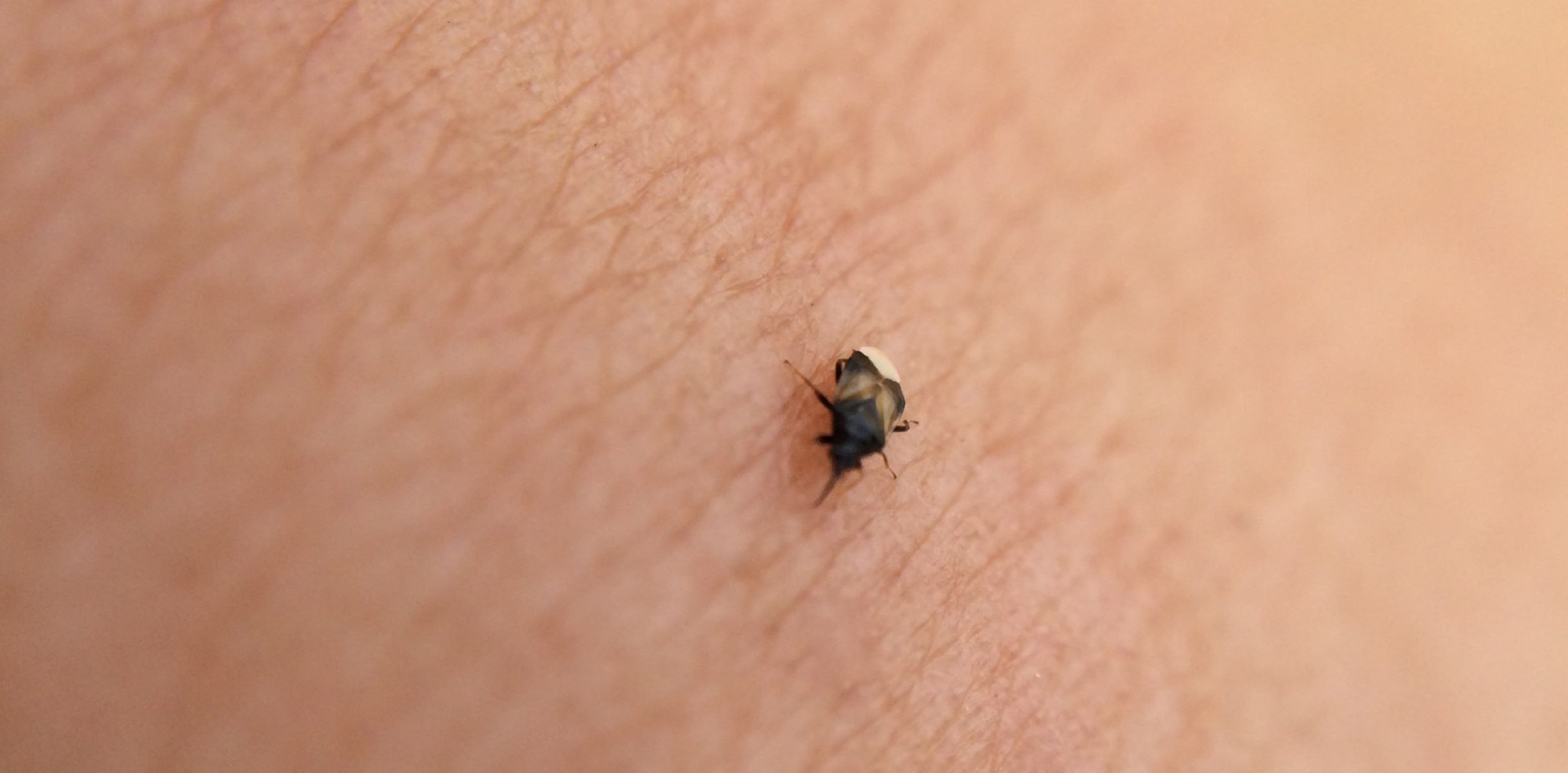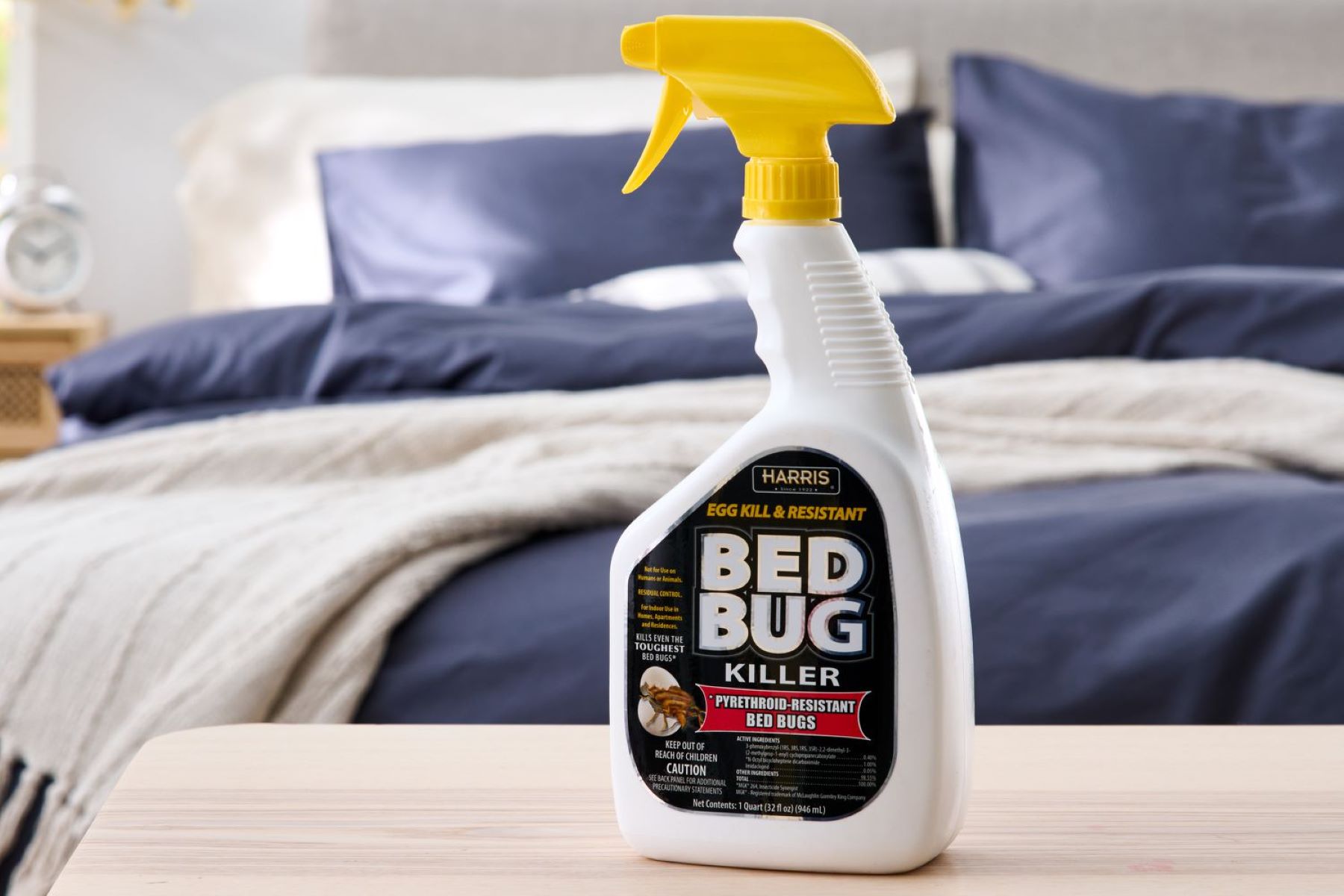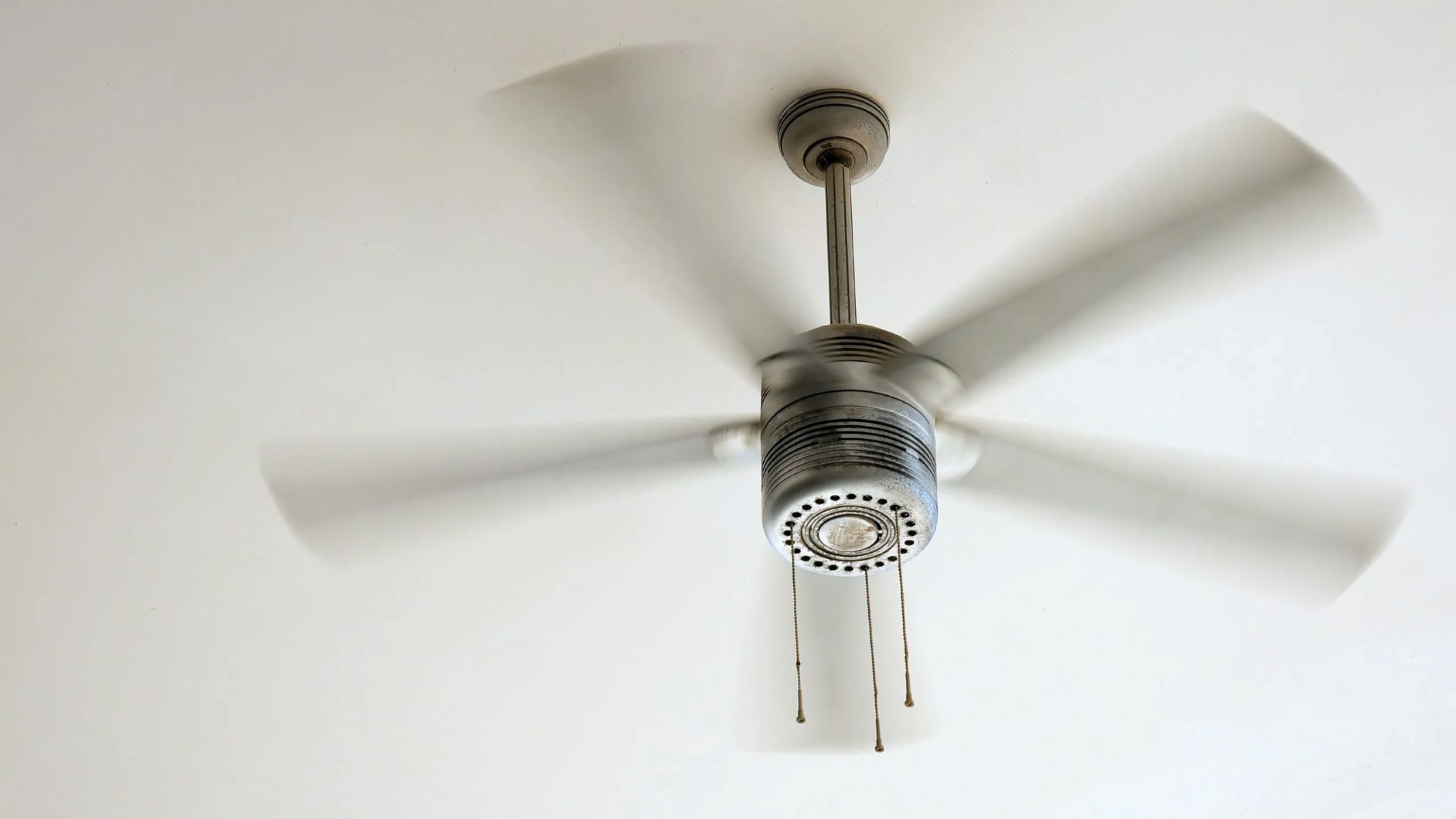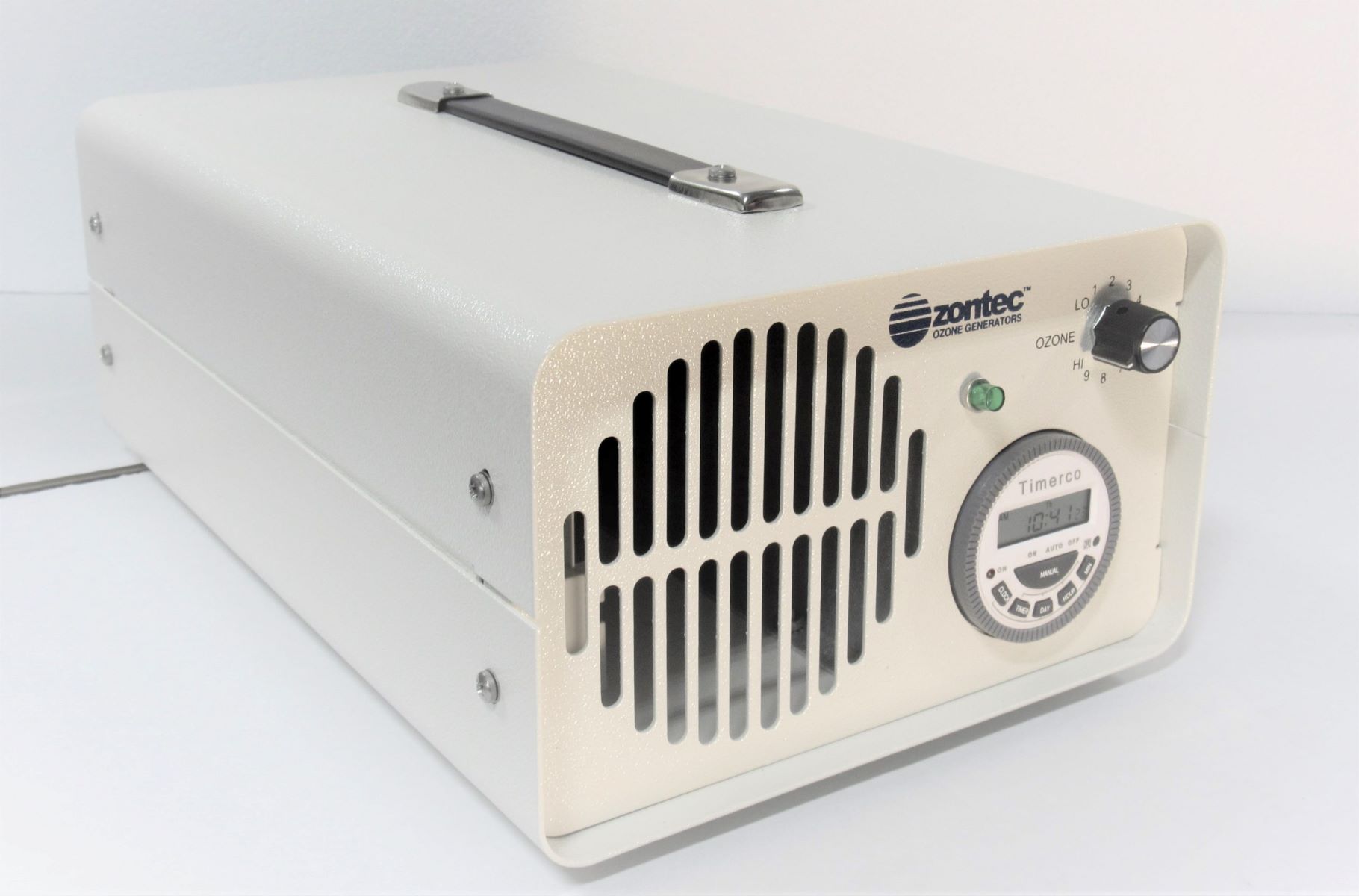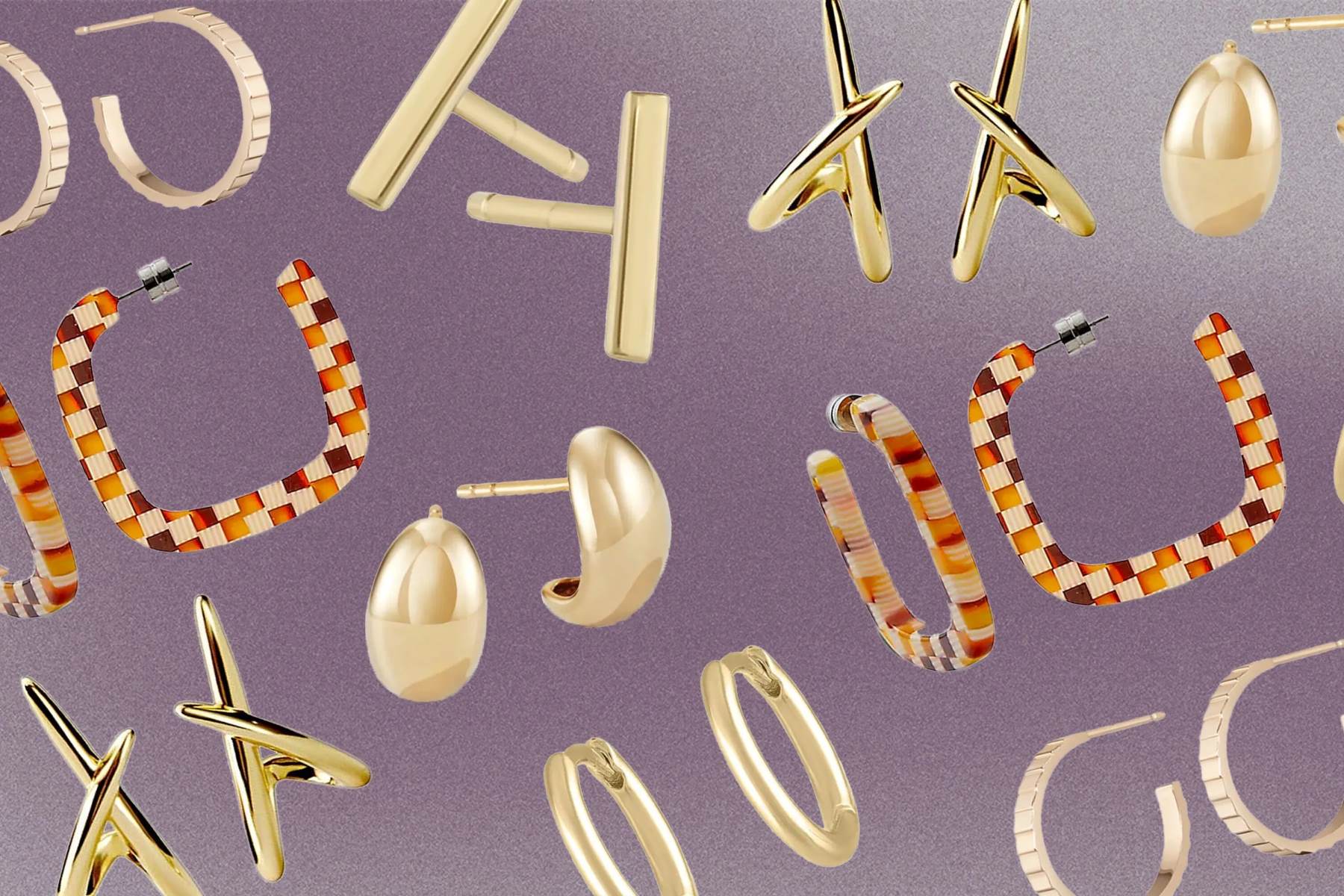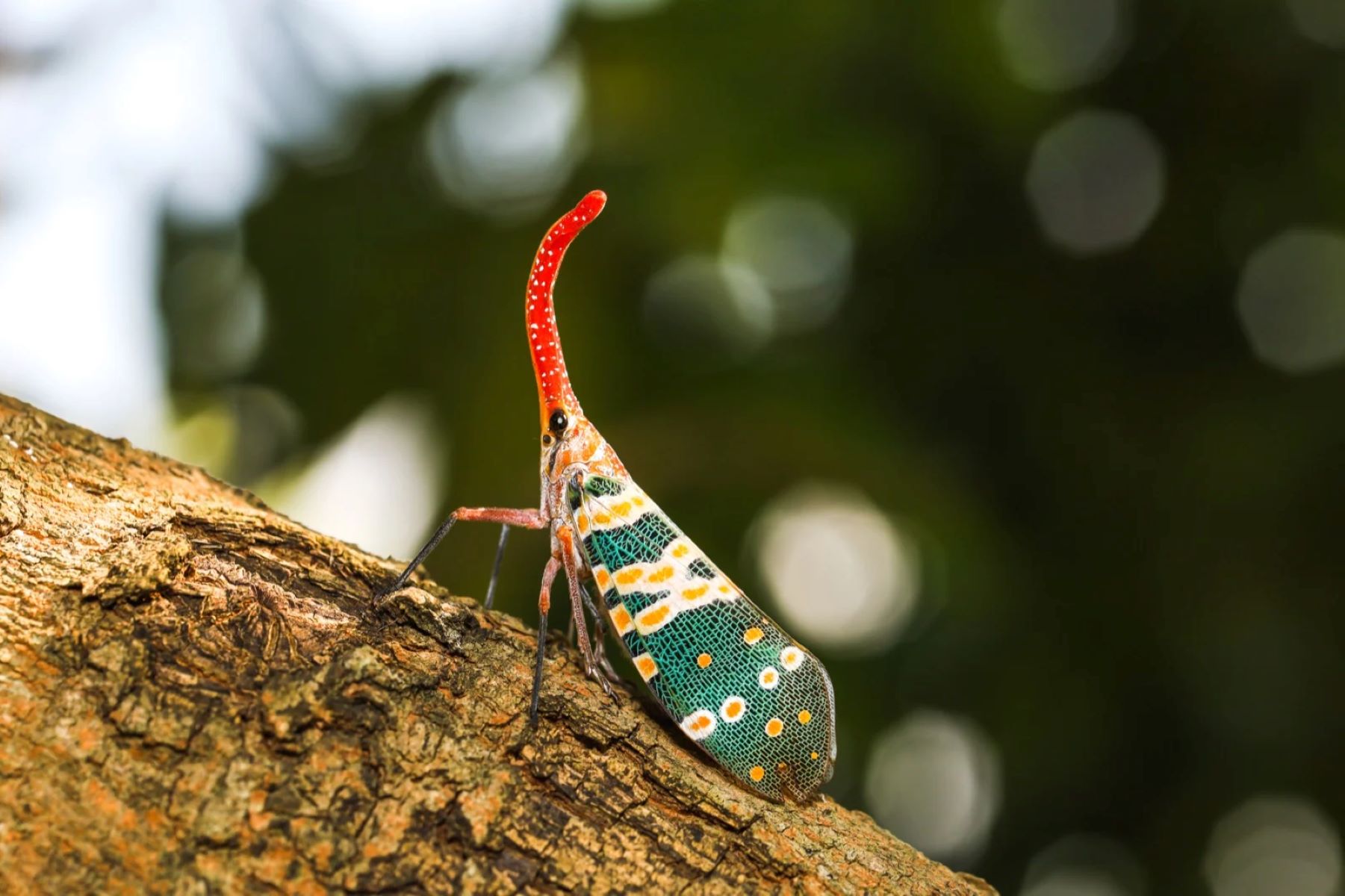Home>Home and Garden>Say Goodbye To Pincher Bugs! Discover The Ultimate Solution For A Bug-Free Home!
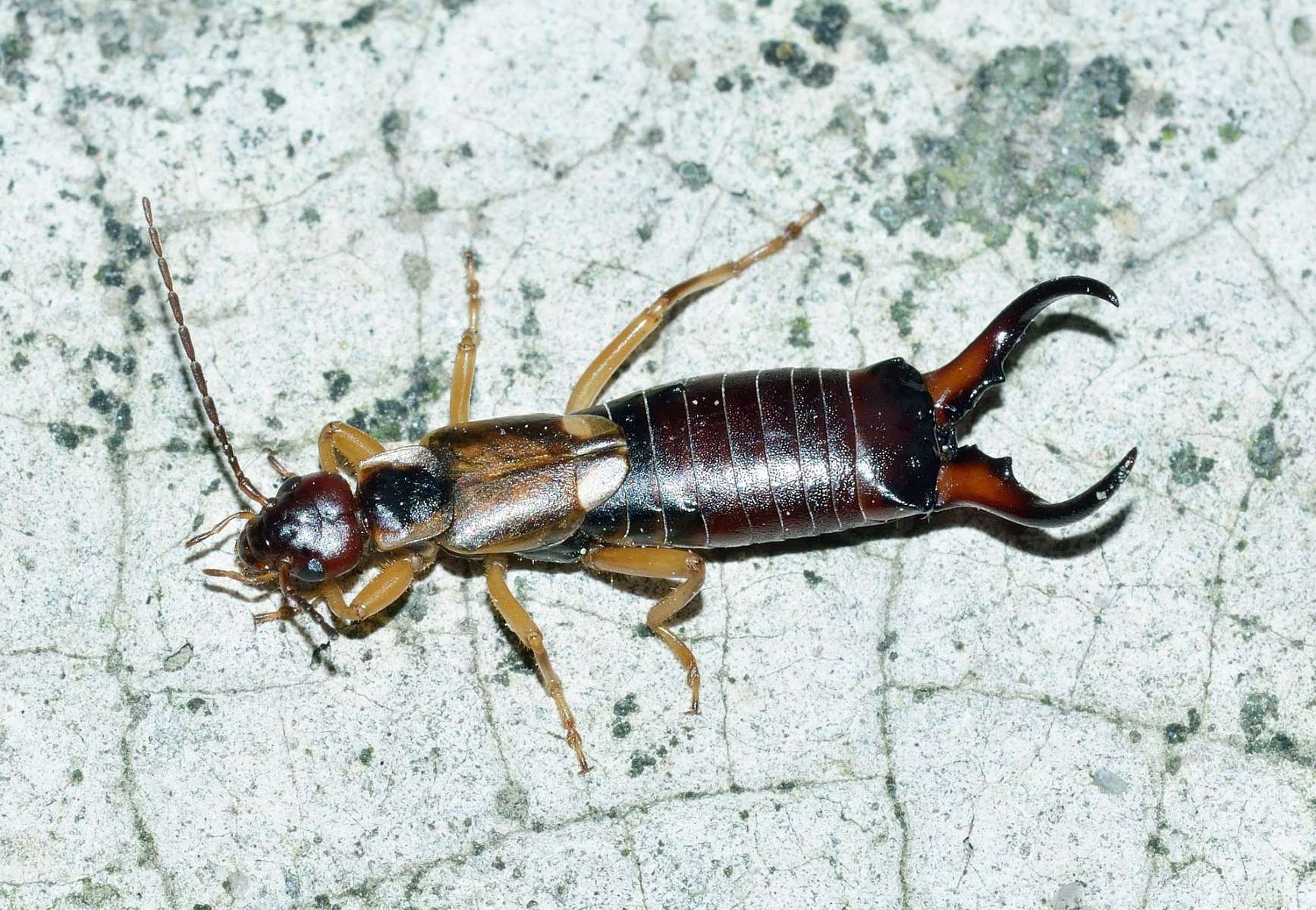

Home and Garden
Say Goodbye To Pincher Bugs! Discover The Ultimate Solution For A Bug-Free Home!
Published: January 21, 2024
Say goodbye to pincher bugs for good with our ultimate home and garden solution. Enjoy a bug-free home with our effective and reliable products. Discover the perfect solution today!
(Many of the links in this article redirect to a specific reviewed product. Your purchase of these products through affiliate links helps to generate commission for Regretless.com, at no extra cost. Learn more)
Table of Contents
Introduction
Are you tired of dealing with pesky pincher bugs invading your home? If so, you're not alone. Pincher bugs, also known as earwigs, are a common nuisance that can quickly become a major headache for homeowners. These small, reddish-brown insects are known for their distinctive pincers located at the end of their abdomens, which they use for defense and capturing prey.
Fortunately, there's no need to continue battling these unwelcome guests. In this comprehensive guide, we'll explore the world of pincher bugs, uncover the problems they can cause, and reveal the ultimate solution for achieving a bug-free home. By the time you finish reading, you'll be equipped with the knowledge and tools needed to bid farewell to pincher bugs once and for all.
So, grab a cup of coffee, get comfortable, and let's dive into the fascinating realm of pincher bugs and the effective strategies for keeping them at bay.
Understanding Pincher Bugs
Pincher bugs, scientifically known as Dermaptera, are fascinating creatures with a distinctive appearance. These nocturnal insects are characterized by their elongated bodies, flattened profiles, and the prominent forceps-like pincers located at the end of their abdomens. Despite their intimidating appearance, pincher bugs are generally harmless to humans. They are primarily scavengers, feeding on decaying organic matter, plants, and small insects.
Pincher bugs thrive in moist and dark environments, making them commonly found in areas such as gardens, mulch beds, and damp basements. Their preference for dark and humid spaces often leads them to seek shelter indoors, especially during periods of heavy rain or extreme heat. As a result, homeowners frequently encounter these unwelcome guests in their living spaces.
These resilient insects are equipped with a pair of formidable pincers, which they use for self-defense and capturing prey. While their pincers may appear menacing, pincher bugs rarely use them to harm humans, and their bites, if they occur, are typically harmless and rare.
Understanding the behavior and habitat preferences of pincher bugs is crucial for effectively managing and preventing infestations. By gaining insight into their habits and tendencies, homeowners can implement targeted strategies to deter these pests and maintain a bug-free living environment.
Common Problems Caused by Pincher Bugs
Pincher bugs, despite their non-threatening nature to humans, can create various issues when they infiltrate homes and gardens. Understanding these common problems is essential for developing effective strategies to manage and prevent infestations.
-
Garden Damage: Pincher bugs are voracious feeders, known for consuming a wide range of plants, including vegetables, fruits, and ornamental flowers. Their presence in gardens can lead to unsightly damage, affecting the aesthetic appeal and overall health of plants.
-
Home Intrusion: When outdoor conditions become unfavorable, such as during heavy rainfall or extreme heat, pincher bugs seek refuge indoors. Once inside, they can quickly multiply and spread, leading to infestations in dark, damp areas of the home, such as basements, bathrooms, and crawl spaces.
-
Unsightly Sightings: Encountering pincher bugs in living spaces can be unsettling for homeowners and their guests. The sight of these nocturnal insects scurrying across floors or walls can create discomfort and unease, impacting the peace of mind and enjoyment of the home environment.
-
Moisture Accumulation: Pincher bugs are attracted to moisture-rich environments. Their presence in homes can serve as an indicator of excess moisture or potential leaks, highlighting underlying issues that require attention to prevent structural damage and mold growth.
-
Competing with Beneficial Insects: In outdoor settings, pincher bugs may compete with beneficial insects for resources, potentially disrupting the natural balance of the ecosystem. This can impact the overall health and biodiversity of garden environments.
By recognizing and addressing these common problems caused by pincher bugs, homeowners can take proactive measures to mitigate the risks associated with infestations. Implementing integrated pest management strategies and adopting preventive measures can effectively minimize the impact of pincher bugs on both indoor and outdoor spaces.
Traditional Methods for Getting Rid of Pincher Bugs
When it comes to dealing with pincher bugs, many homeowners turn to traditional methods for getting rid of these unwelcome pests. While these methods may offer temporary relief, it's important to assess their effectiveness and consider the potential drawbacks associated with each approach.
1. Manual Removal
One common approach involves manually removing pincher bugs from indoor spaces. This method typically entails using a vacuum cleaner or a broom and dustpan to capture and dispose of the insects. While manual removal can provide immediate results, it may not address the underlying factors contributing to the infestation, such as conducive indoor conditions or outdoor entry points.
Read more: Say Goodbye To Those Pesky Little Yellow Bugs On Your Plants With These Creative Solutions!
2. Chemical Insecticides
Another traditional method involves the use of chemical insecticides to control pincher bug populations. Various insecticidal sprays, powders, and baits are available for purchase, offering a quick and targeted approach to extermination. However, the use of chemical insecticides raises concerns regarding potential health risks to humans, pets, and beneficial insects. Additionally, repeated applications may lead to the development of insecticide resistance in pincher bug populations, rendering the treatment less effective over time.
3. Home Remedies
Some homeowners opt for home remedies, such as diatomaceous earth, boric acid, or essential oil-based solutions, to combat pincher bugs. While these natural alternatives may appear appealing due to their perceived safety and eco-friendliness, their efficacy in achieving long-term control is often limited. Furthermore, improper application or reliance solely on home remedies without addressing conducive conditions can result in inadequate pest management outcomes.
4. Habitat Modification
Modifying the indoor and outdoor habitats to discourage pincher bug activity is another traditional method employed by homeowners. This may involve reducing moisture levels, sealing entry points, and implementing landscaping practices that deter these pests. While habitat modification can contribute to long-term prevention, it requires a comprehensive understanding of pincher bug behavior and habitat preferences to yield significant results.
5. Professional Pest Control Services
For persistent or widespread infestations, seeking assistance from professional pest control services is a common recourse. Pest management professionals can assess the extent of the infestation, implement targeted treatment plans, and provide guidance on preventive measures. While this approach offers expertise and comprehensive solutions, it's essential to select reputable providers with a focus on integrated pest management and environmentally responsible practices.
In evaluating traditional methods for getting rid of pincher bugs, it's evident that each approach carries its own set of considerations and limitations. While immediate relief may be achieved through certain methods, sustainable and effective pest management often necessitates a holistic and integrated approach that addresses the root causes of infestations and prioritizes long-term prevention.
The Ultimate Solution for a Bug-Free Home
Achieving a bug-free home involves a multifaceted approach that integrates proactive measures, modern technologies, and sustainable practices. When it comes to addressing pincher bug infestations and maintaining a pest-free living environment, the ultimate solution encompasses a strategic combination of preventive tactics, targeted treatments, and ongoing vigilance.
Integrated Pest Management (IPM)
Embracing an Integrated Pest Management (IPM) framework serves as the cornerstone of the ultimate solution for a bug-free home. IPM emphasizes the use of comprehensive strategies that prioritize prevention, monitoring, and targeted interventions. By implementing IPM principles, homeowners can proactively address conducive conditions, minimize pest entry points, and deploy environmentally responsible pest control methods. This holistic approach aims to disrupt the pest lifecycle, reduce reliance on chemical treatments, and promote long-term pest management efficacy.
Environmental Modifications
Creating an inhospitable environment for pincher bugs is essential for deterring infestations. Environmental modifications, such as reducing moisture levels in basements and crawl spaces, repairing leaky faucets, and optimizing ventilation, can significantly impact the prevalence of pincher bugs. By addressing conducive conditions and implementing habitat modifications, homeowners can fortify their defenses against these pests and contribute to a less hospitable environment for their survival and reproduction.
Sealing and Exclusion
Sealing potential entry points and implementing exclusion measures play a pivotal role in preventing pincher bugs from infiltrating homes. Conducting a thorough inspection of exterior walls, windows, doors, and utility penetrations enables homeowners to identify and seal off access points used by pincher bugs to gain entry. Additionally, installing door sweeps, repairing damaged screens, and sealing gaps around pipes and conduits can fortify the home's defenses against pest intrusion, reducing the likelihood of indoor infestations.
Modern Pest Control Technologies
Leveraging modern pest control technologies, such as ultrasonic repellent devices and electronic traps, can complement traditional pest management approaches. Ultrasonic repellent devices emit high-frequency sound waves that are designed to deter pests, including pincher bugs, without posing risks to humans or pets. Electronic traps offer targeted and non-toxic solutions for capturing and monitoring pest activity, providing homeowners with valuable insights into infestation patterns and facilitating timely interventions.
Professional Guidance and Support
Seeking guidance from pest management professionals can provide homeowners with tailored insights, effective treatment options, and ongoing support in maintaining a bug-free home. Pest control experts with expertise in integrated pest management can conduct thorough assessments, develop customized treatment plans, and offer recommendations for sustainable pest prevention. By partnering with reputable professionals, homeowners can gain access to specialized knowledge and resources that enhance their ability to achieve long-term pest control success.
By embracing the ultimate solution for a bug-free home, homeowners can effectively address pincher bug infestations, mitigate the risk of future pest problems, and cultivate a living environment that promotes comfort, safety, and peace of mind. Through a proactive and holistic approach that integrates preventive measures, environmental modifications, modern technologies, and professional guidance, the vision of a bug-free home becomes an attainable reality.
Conclusion
In conclusion, the presence of pincher bugs can pose significant challenges for homeowners, impacting both indoor comfort and outdoor aesthetics. By understanding the behavior and habitat preferences of pincher bugs, homeowners can implement targeted strategies to manage and prevent infestations effectively. The common problems caused by pincher bugs, ranging from garden damage to home intrusion, underscore the importance of proactive pest management measures.
While traditional methods for getting rid of pincher bugs offer temporary relief, the ultimate solution for achieving a bug-free home lies in embracing an Integrated Pest Management (IPM) framework. This holistic approach prioritizes prevention, environmental modifications, sealing and exclusion, modern pest control technologies, and professional guidance. By integrating these strategies, homeowners can fortify their defenses against pincher bugs and other pests, fostering a living environment that promotes comfort, safety, and peace of mind.
It's essential for homeowners to recognize the value of ongoing vigilance and proactive pest management, as sustainable pest control requires a multifaceted and persistent approach. By adopting the ultimate solution for a bug-free home, homeowners can navigate the challenges posed by pincher bugs with confidence, ensuring a harmonious and pest-free living environment for themselves and their families.
In the quest for a bug-free home, the journey begins with knowledge, proactive measures, and a commitment to sustainable pest management. With the right tools, strategies, and mindset, homeowners can bid farewell to pincher bugs and welcome a future filled with comfort, tranquility, and a thriving home and garden environment.
